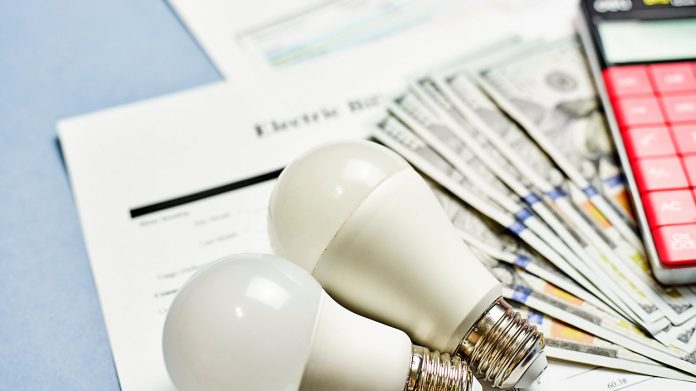The dynamics of how an elite class can dominate and control poorer masses involve various social, economic and political mechanisms. The elite often hold a dis-proportionate amount of wealth, which they use to maintain and expand their power. This wealth enables them to influence political decisions, media, and public opinion. This class usually have better access to resources such as education, healthcare and technology, which perpetuates the gap between them and the poor masses. Normally it works through lobbying and political donations, the elite can influence policies to favor their interests, often at the expense of the poorer population. Now the typical example is the current budget in which all the perks have given to the ruling class. In this sweltering heat the government has dropped a bomb shell by increasing the POL prices and the electricity charges. From July first, the base tariff has been increased by Rs 7.25 and fuel charges will be Rs 3.41 per unit. Now, the interesting story is that the government has made two classes of the users of electricity, protected & non protected. The distinction between protected and non-protected consumers will play a crucial role in determining electricity bills and exceeding the protected limit can lead to a significant increase in monthly expenses, highlighting the importance of monitoring and managing electricity consumption. This increase will impact both protected and non-protected consumers, with non-protected consumers facing additional fixed taxes and surcharges. Protected consumers are those who will not exceeds the limit of 200 units in a month if they will exceed 200 units then automatically, they will fall into the non-protected category. Then the consequences will be earth-shattering. The monthly bill will increase drastically. Moreover, the consumer will remain in the non-protected category for 6 months, even if the consumption reduces below 200 units in subsequent months. After 6 months of being in the non-protected category, the consumer can return to the protected category, provided their consumption is within the 200-unit limit. The total number of household electricity consumers across the country exceeds 2.28 million. These consumers are divided into following categories based on their monthly electricity consumption:
Protected Consumers: Households consuming up to 200 units of electricity per month Lifeline consumer 1-100 units per month are included in this category. There is no increase in basic tariff and no monthly fuel charges for Lifeline users. Households consuming more than 200 units per month will fall in non-Protected Consumers. The tariffs and monthly bills will be:
Lifeline Users (1-50 units): Tariff: Rs 3.95 per unit & monthly bill will be Rs 200-300
Lifeline Users (51-100 units): Tariff: Rs 7.74 per unit & monthly bill will be up to Rs 1,000
Protected Consumers (100-200 units): Tariff: Rs 10 per unit monthly bill will be around Rs 2,500 (including monthly and quarterly adjustments)
Non-Protected Consumers (201-300 units): Tariff: Rs 27-30 per unit (including taxes), monthly bill will be at least Rs 6,000
Consumers fall in this category (301-400 units): Tariff: Rs 38 per unit (including taxes), monthly bill will be Rs 15,000-17,000
Consumers category (401-500 units): Tariff: Rs 42+ per unit (including taxes) monthly bill will more than Rs 21,000
Consumers category (501-600 units): Monthly bill will be around Rs 30,000
Consumers category (601-700 units): Monthly bill will be: more than Rs 35,000
Consumers category (above 700 units): Monthly bill will be around Rs 50,000
These mechanisms can create a cycle where the elite maintain and expand their power and wealth, while the poor remain marginalized and powerless. Breaking this cycle typically requires significant social, economic and political reforms aimed at redistributing power and resources more equitably.
